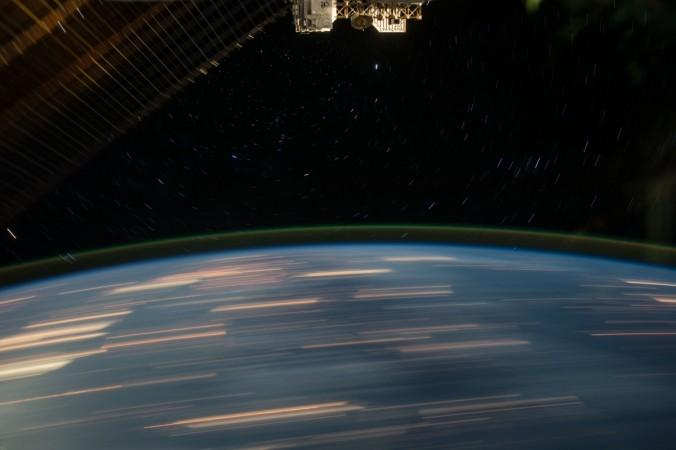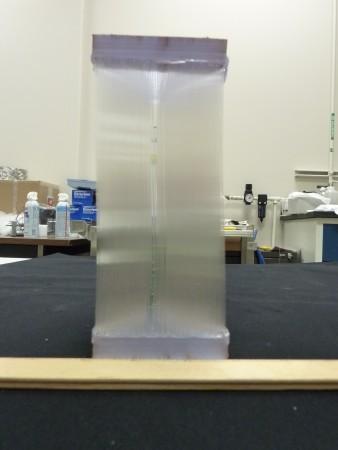
Exposure to strong levels of radiation over a long time span is one of the main health concerns for astronauts working in space.
Also Read: NASA's MRO spots a bizarre crater on Mars!
Now, a new device has been created by NASA scientists to reduce radiation exposure, specifically exposure to neutrons. This device is currently being tested on the ISS.
The device is known the Fast Neutron Spectrometer, and is created to protect against neutron energy which is hazardous to humans. It was launched to the ISS on the fifth Orbital ATK resupply mission.
Analysing neutron radiation and understanding it will aid scientists in keeping spacefarers safe, as they head on long missions to Mars.

"There are multiple types of radiation in space," Mark Christl, team lead for the study at NASA's Marshall Space Flight Center in Huntsville, Alabama, said in a NASA statement.
"While there are already advanced instruments to detect gamma rays produced by supernovas or black holes, X-rays and other charged particles, we needed a way to detect and measure neutron radiation to quantify the impact on human biology. Neutron detection techniques have not seen the same leap in technology advancement."
The reactions taking place between the planetary surface or spacecraft, and solar particles or particles from outside our solar system lead to neutron radiation. The neutrons that emerge through such reactions are said to be viable for around 13 minutes before they decompose into charged particles.
"If they're more than 13 minutes away from you, it's not really a problem," Christl said in a statement.
"If you're in a capsule or on a planet's surface with little or no magnetic field or atmosphere, you can potentially be covered in a neutron field," Christl added.
The Fast Neutron Spectrometer is a passive tool that waits to be struck by neutrons. It has an aluminum housing and a plastic scintillator.
The neutrons hitting the device will be slowed by the plastic scintillator, whereas the glass scintillator fibres absorb the neutrons and emit energy in form of light. Two separate signals were provided by this advanced version; the first signal measures the energy, whereas the second is to confirm that the particle detected is a neutron. Devices completely made up of plastic can't differentiate between the signals.
"Detectors for other radiation types are already used in many industries," said Christl.
"They're used in particle accelerators for scientific research, the oil industry or medical field to measure radiation exposure. Scientists have been working on remarkable advancements in these detectors, but neutron radiation detectors have not received that kind of attention. At NASA, we saw this as an opportunity to address a problem our astronauts will have as they go on longer journeys in our solar system," Christl added.
On December 2, 2016, the device was installed on the ISS by NASA astronaut Shane Kimbrough, it was moved to various locations in the space station's interior and it's presently residing in the Node 1 module.
The data regarding neutron strikes will be collected by the device for six months and then transmitted to a laptop computer on the station.
This information will be downloaded every day for processing and study by the team at Marshall. Other radioactive sources from Earth were used to test and standardise the device.
"There is a serious need to monitor the radiation dose the crew receives," Christl said.
"We use different techniques for charged particles and neutrons and we'll need to know the dose from both to know how much radiation the astronauts are receiving. These radiation detectors may force missions to change in mid-stream, but it will help keep our astronauts safe," Christl concluded.









!['Had denied Housefull franchise as they wanted me to wear a bikini': Tia Bajpai on turning down bold scripts [Exclusive]](https://data1.ibtimes.co.in/en/full/806605/had-denied-housefull-franchise-they-wanted-me-wear-bikini-tia-bajpai-turning-down-bold.png?w=220&h=138)



